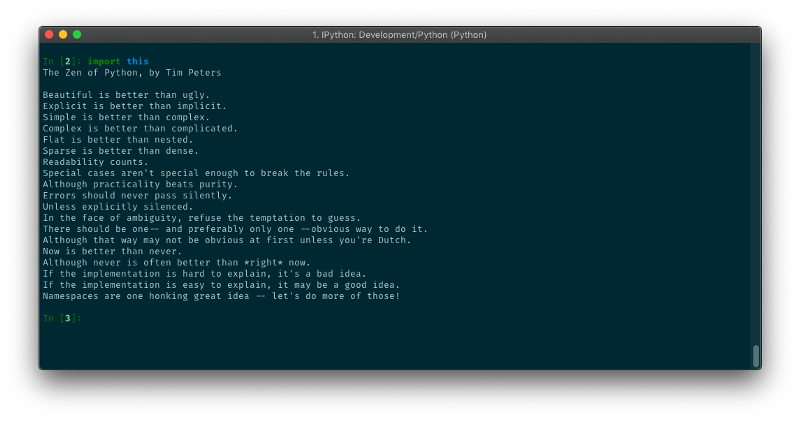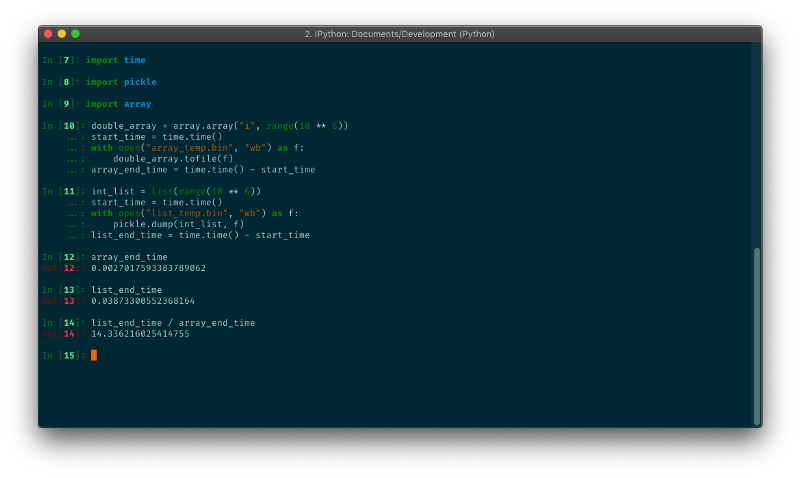by Adam Goldschmidt
Awesome Python modules you probably aren’t using (but should be)


Python is a beautiful language, and it contains many built-in modules that aim to help us write better, prettier code.
Objective
Throughout this article, we will use some lesser-known modules and methods that I think can improve the way we code - both in visibility and in efficiency.
NamedTuple
I believe that some of you already know the more popular namedtuple from the collections module (if you don't - check it out), but since Python 3.6, a new class is available in the typing module: NamedTuple. Both are designed to help you quickly create readable immutable objects.
NamedTuple is actually a typed version of namedtuple, and in my opinion, is much more readable:
Here’s the namedtuple alternative:
array.array
Efficient arrays of numeric values. Arrays are sequence types and behave very much like lists, except that the type of objects stored in them is constrained. — Python docs
When using the array module, we need to instantiate it with a typecode, which is the type all of its elements will use. Let's compare time efficiency with a normal list, writing many integers to a file (using pickle module for a regular list):

14 times faster. That’s a lot. Of course it also depends on the pickle module, but still - the array is way more compact than the list. So if you are using simple numeric values, you should consider using the array module.
itertools.combinations
itertools is an impressive module. It has so many different time-saving methods, all of them are listed here. There's even a GitHub repository containing more itertools!
I got to use the combinations method this week and I thought I'd share it. This method takes an iterable and an integer as arguments, and creates a generator consisting of all possible combinations of the iterable with a maximum length of the integer given, without duplication:
dict.fromkeys
A quick and beautiful way of creating a dict with default values:
Last but not least - the dis module
The dis module supports the analysis of CPython bytecode by disassembling it.As you may or may not know, Python compiles source code to a set of instructions called “bytecode”. The dis module helps us handle these instructions, and it's a great debugging tool.
Here’s an example from the Fluent Python book:
We got an error — but the operation still succeeded. How come? Well, if we look at the bytecode (I added comments near the important parts):
Before you go…
Thanks for reading! For more Python related articles and other cool stuff, you can follow me on Medium or GitHub (I star some awesome repos!).
If you enjoyed this article, please hold down the clap button ? to help others find it. The longer you hold it, the more claps you give!
And do not hesitate to share more Python hidden gems in the comments below.